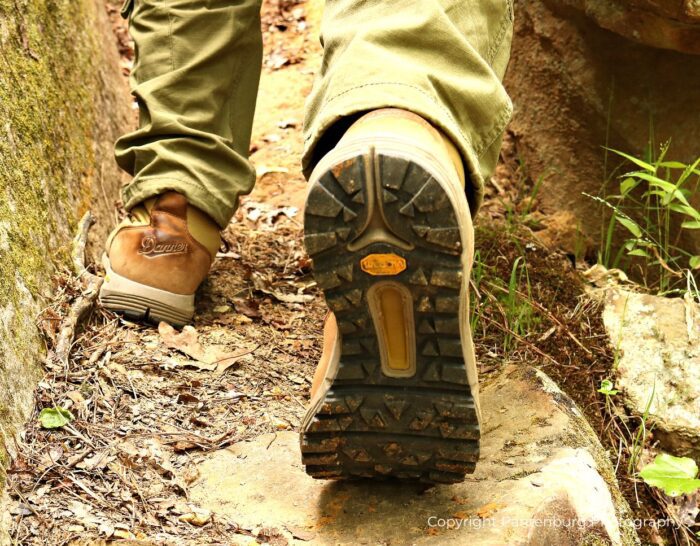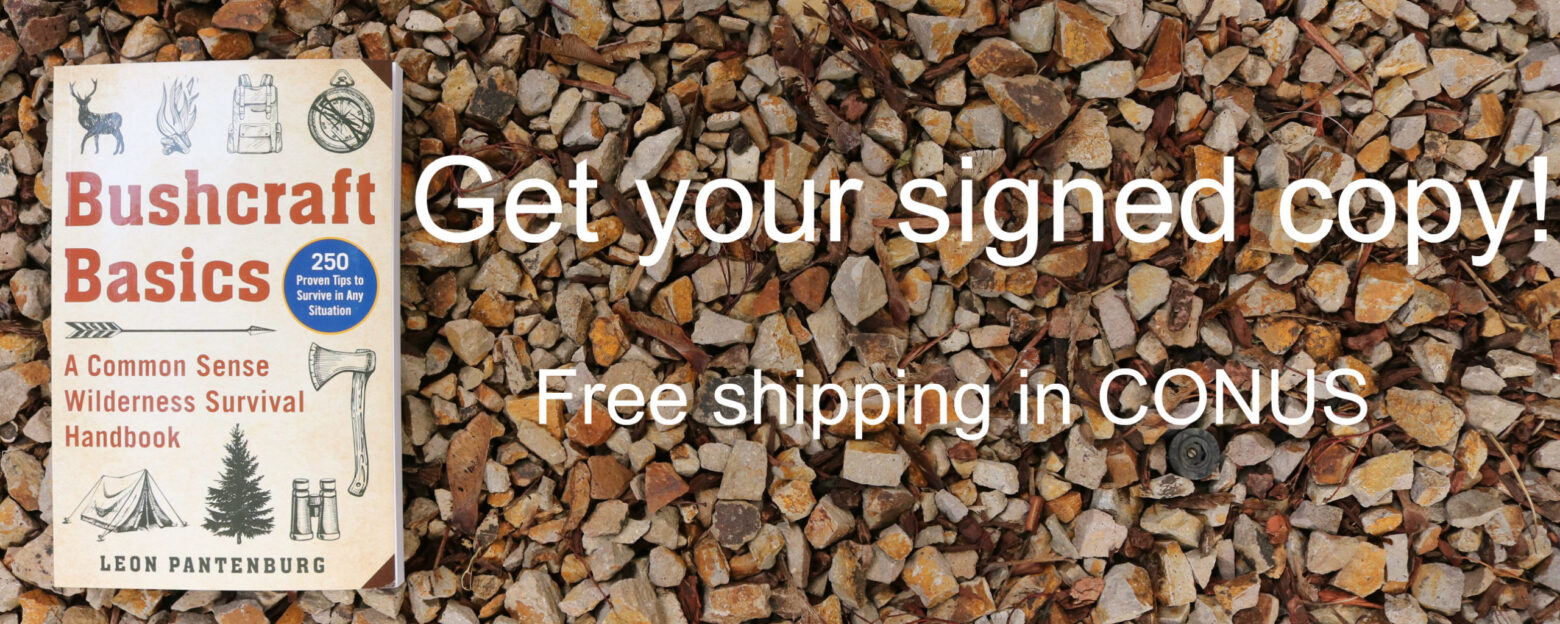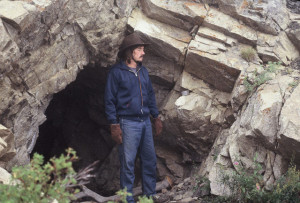“I find that the three truly great times for thinking thoughts are when I am standing in the shower, sitting on the john, or walking. And the greatest, by far, is walking” – Colin Fletcher The Complete Walker.
by Leon Pantenburg
Finishing up my 1980 Source-to-Sea canoe voyage of the Mississippi River created a quandary. I had just paddled and rowed 2,552 miles across America. The canoe trip was over, but now what?
My parents wanted to drive down from Ames, Iowa and pick me up in Vicksburg, Mississippi. But that was not how I wanted the adventure to end.
So on July 10, 1981, I set out from Delta, Louisiana to walk the levees and back roads home the 872 miles to Ames, Iowa.
At some point for me, walking became more than just a way to get around. It developed into a cultural activity of simultaneous walking and thinking. In college, my study breaks usually included a run or a stroll somewhere. When I was working on a challenging story at the newspaper, a walk sometimes helped clear my head and make the words arrange better. In 1976, hiking the 211 miles of the John Muir Trail helped me decide what was next in my life. (Read my trail journal.)
The John Muir also helped me define what a mile really is. In high school, I ran a 4.53-minute mile at the Kings Relays in Zearing, Iowa, and later ran the Half Mile anchor leg of the Two-Mile Relay at just under two minutes.
But the climb up to Mather Pass – 12,100 feet and the highest point on the John Muir – taught me about distances. Mather Pass can be a long 10.5-mile, daunting approach with over 4,000 feet of elevation gain when coming from the north. The climb up the Golden Staircase (1,500 feet of gain) leads north-bound hikers to the Palisade Basin and the Palisade Lakes before the push to the pass (the second highest on the Pacific Crest Trail).
Walkers don’t blaze past the miles using the usual modes of transportation. A mile toward Mather Pass became an intimate interaction with the rocks in the path, the trees and brush along the way, the turns in the switchbacks and looking uphill to see if progress was being made. There were no sounds except for the wind, my labored breathing and the reverberation of my footsteps hitting the trail.
My hike degenerated into a plod, then a trudge, and finally a slog. I was barely making one-half to three-quarters of a mile-per-hour over the pass, and had to stop every few steps to catch my breath. For the next couple of days, I cruised at over 10,000 feet. I earned every mile.
Walking was taken for granted until I developed serious knee problems in 2009. Some 30+ years in Taekwondo, many years of running 20 to 40 miles per week, and long distance backpacking trips with heavy packs combined to trash both my knees. It got so bad I had to carefully consider parking to make sure I could get from the grocery store back to the car.
Two complete knee replacements got me back on the hiking path.
Today, I walk every day. My office supervisor, a Lab named Naga, assures that we go out, rain or shine, regardless of the weather. This is a good thing. Those of us who make our livings behind a computer screen tend to get wrapped up in projects sometimes and need a break. Naga’s cold, wet noise on my arm announces it’s time for a break and that we need to get out and moving.
Flashback: Near Milton, Iowa: In Greenville, MS, I hitched a ride on a towboat, which took me to Louisiana, Missouri, then I took off hiking toward Ames.
I walked on gravel roads, carrying a 25-pound pack and wearing Adidas tennis shoes, and averaged 20-to-25 miles a day. Then one morning at dawn I decided to see how far I could walk in one day. (It was a guy thing. We do stuff like that.) I hiked steadily until it was almost dusk, then my left foot started to ache. Soon it started to really hurt. Then it hurt like hell. I hobbled along, eyeing roadside cornfields as potential places to camp for the night. Behind me, I heard the clop-clop-clop of an approaching Amish horse and buggy.
“I believe even this horse is going faster than you,” the driver commented. “Would you like a ride?”
My backpack was tossed into the back, and I rode into Milton in style. I was about 80+ miles from home. The next morning, my foot was swollen and tender and hard to walk on. I gave in to common sense and called my dad to come pick me up.
Dad, a former WWII infantryman, took one look at my foot and told me what had happened.
“You’ve got a stone bruise. It comes from carrying a heavy pack, wearing lightweight shoes and walking too far,” he pronounced. “What were you thinking?” (Not an exact quote.)
Just 30 minutes of walking every day can increase cardiovascular fitness, strengthen bones, reduce excess body fat, and boost muscle power and endurance, according to the Better Health Channel. Here are other benefits of walking.
Try to make walking a routine – for example, try to walk at the same time each day. A dog will soon train you about the best time to walk. And they won’t let you skip a session.
You use the same amount of energy, no matter what time of day you walk, so do what is most convenient for you. You may find that asking someone to walk with you will help make it a regular activity. Some people find that keeping an activity diary or log also makes it easier.
Get moving. It’s really nice outside!
There are many factors that determine how comfortable your hiking footwear will be. Consider these things when you are shopping:
-
- Shoes or boots for hiking?
- Waterproof or not?
- What are the best socks for the conditions?
- How do you avoid getting sore feet?
- Will the shoes or boots keep your feet warm?
Please click here to check out and subscribe to the SurvivalCommonSense.com YouTube channel – thanks!





Leave a Reply